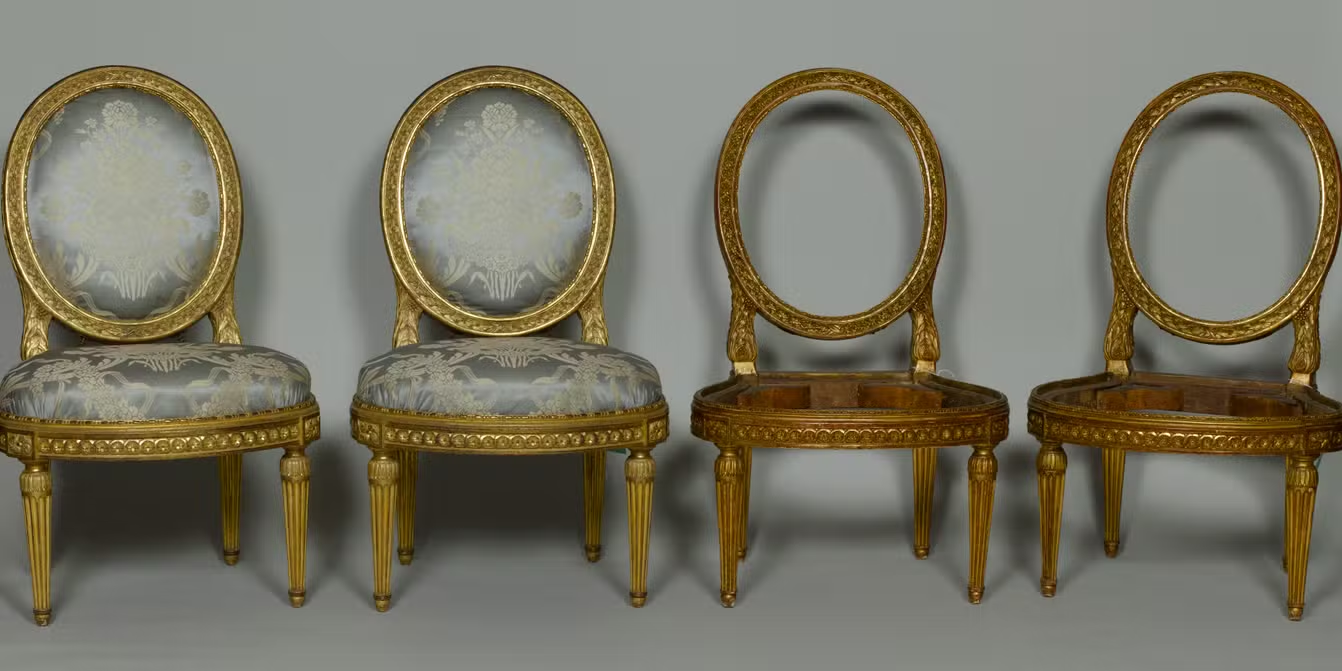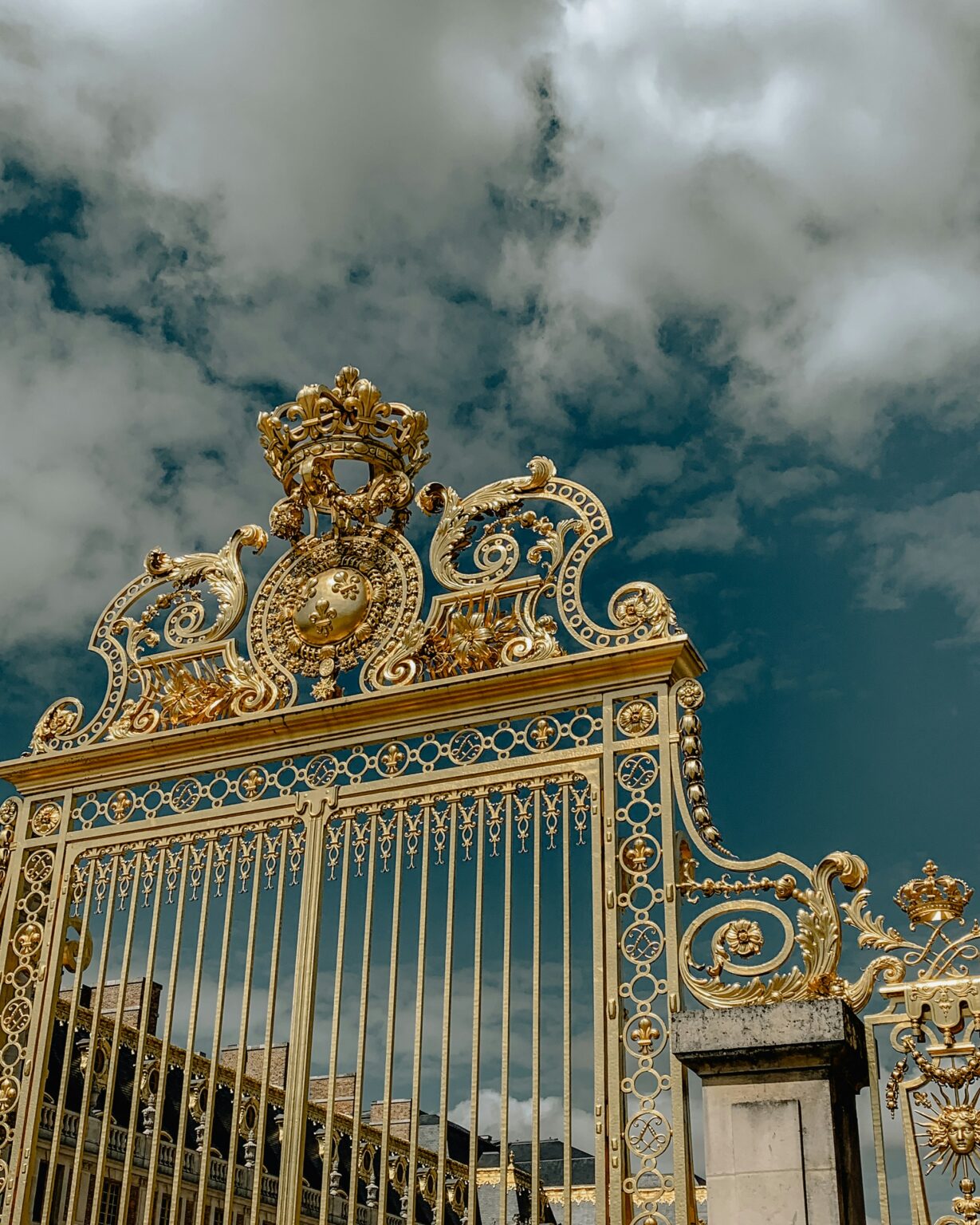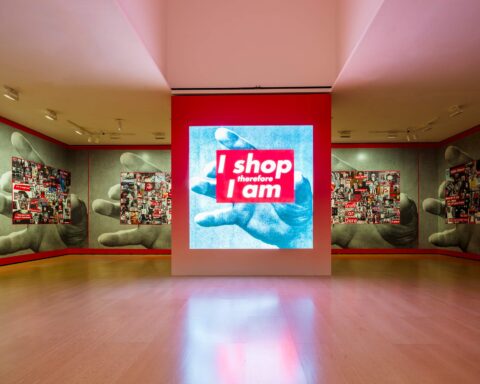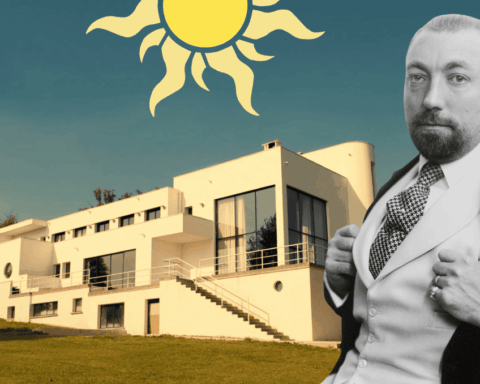Scandal in the art world. More than 15 years ago, two renowned specialists in their field duped buyers and collectors by making fake period chairs, which were bought for tens and hundreds of thousands of euros. Today, the ingenious forgers are facing trial in Pontoise alongside a gallery owner and a resident of Sarcelles.
How did two big names in the art world manage to deceive leading antique dealers, and even the Château de Versailles, with so-called 17th and 18th century furniture that was nothing more than a fake? Let’s take a look back at a story that is as fascinating as it is implausible, and which has rocked the artistic and cultural world in recent years.
The coming together of two swindlers
To understand this scam, we have to go back to 2007. Bill Pallot, an art historian, former specialist in French chairs and son of an antique dealer nicknamed ‘Père Lachaise’, joined forces with Bruno Desnoues, a graduate of the École supérieure des arts décoratifs in Strasbourg and Meilleur Ouvrier de France. But this alliance was not the result of a relationship based on a passion for fine furniture. The two men, renowned in their field, actually decided to fool the great specialists in the world of art by making fake period chairs.
Based in the workshop of cabinet-maker Bruno Desnoues, the two partners set about creating fake chairs from old carcasses, allowing the wood to be authentically dated. Backed by a solid network and a well-established reputation, Pallot and Desnoues sell these certified pieces of furniture and weave fictional stories around them. Marie-Antoinette, Louis XVI, the Duchess du Barry… all names that have seduced collectors and the greatest cultural institutions.
Fake chairs sold to leading specialists
An 18th-century chair from one of Marie-Antoinette’s cabinets in Versailles, stamped by Georges Jacob, was quickly sold to the Guerrand-Hermès family by Drouot for €530,000. In 2011, Sotheby’s sold its cabinet sister to the Château de Versailles for €420,000. The historic monument added to its collection a pair of chairs (€840,000) by Louis Delanois from the salon de compagnie of the Countess du Barry, the last favourite of King Louis XV.

A shepherd’s chair that belonged to Madame Elisabeth, Louis XVI’s sister, stamped Jean-Baptiste-Claude Sené and sold for over €247,000, and a pair of ‘ployants’ stools (€380,000) by Nicolas-Quinibert Foliot and formerly owned by Louise-Elisabeth de Parme, daughter of Louis XV, were acquired by the cultural institution, which then put its trust in the expertise of the dandy in the three-piece suit, Bill Pallot.
The deception continued with Prince Al Thani, the brother of the Emir of Qatar, who owned the Hôtel Lambert on the Île Saint-Louis in Paris. In 2015, he bought a pair of Louis XVI chairs stamped Foliot that had supposedly been used in Marie-Antoinette’s Belvedere pavilion. The price? €2 million. The furniture, classified as a ‘national treasure’, is described as ‘the most expensive made for the Queen’.
A financial arrangement that alerted the authorities
In 2014, the anti-money laundering unit of the French intelligence service began investigating the financial and property transactions of a Portuguese couple living north of Paris. Although they were simply a chauffeur and hairdresser earning €2,500 a month, the couple had assets of €1.2 million and held bank accounts that had not been declared to the authorities. The investigators then discovered that the man had links with Bruno Desnoues through the sale of his undeclared art furniture.

The investigation then revealed this fraud involving the Desnoues and Pallot duo. The two specialists are now on trial for deception and money laundering. The Kraemer gallery is also on trial for failing to carry out sufficiently thorough checks on these objects, even though the company had no collusion with the two accomplices.
The Pontoise court is currently trying the various parties until 4 April. Bill Pallot said that while the decoy was a game for the first chair, the subsequent ones were made with the aim of making money. For his part, Laurent Kraemer insists that he was ‘taken in’ and that he was a ‘bad antique dealer’. This scandal is one of the most important affairs to hit the art world in the last 10 years.
Read also: AI at Christie’s: auction scandal
Featured photo: © Unsplash















